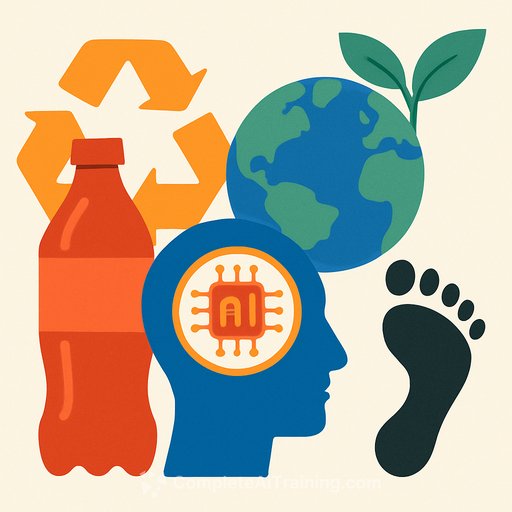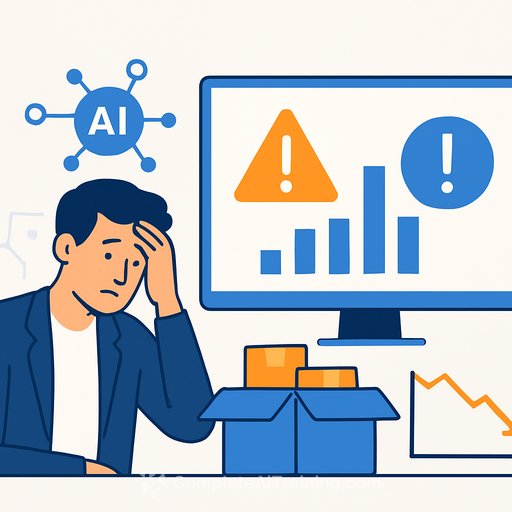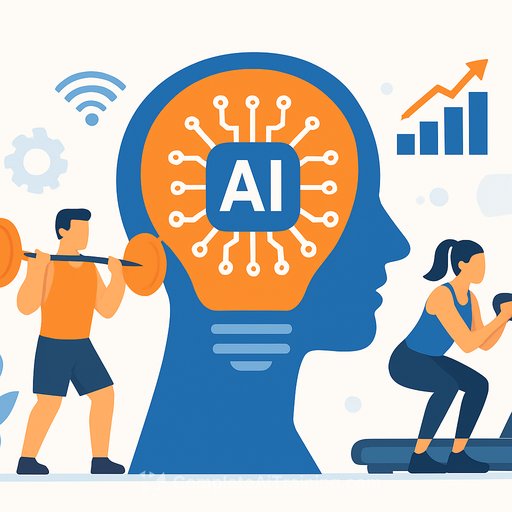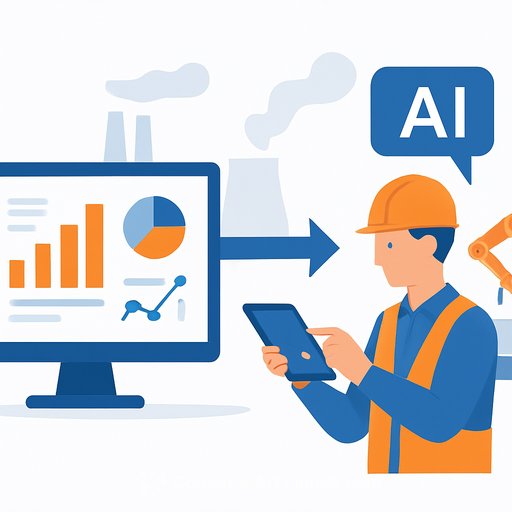Coca-Cola's AI Bet: Turning Sustainability Into an Operational Advantage
Coca-Cola Europacific Partners is partnering with Osapiens to centralize ESG tracking, supplier management, and operational controls on one AI-driven platform. The goal is simple: tighter compliance, cleaner data, and faster execution across sprawling supply chains.
Osapiens says its tools "unlock supply chain transparency, mitigate risks, and maximize efficiency." CEO Alberto Zamora puts it plainly: "Our customers take the opposite view; they prepare today to lead tomorrow. They don't see sustainability as a regulatory burden, but as a competitive advantage."
What this means for operations
- Single source of truth for emissions, supplier compliance, and audit trails.
- Automated reporting and disclosures to keep pace with regional and global standards.
- Scenario planning for reduction strategies, cost impacts, and risk hot spots.
- Faster exception handling when suppliers fall short on sustainability requirements.
The trade-off: AI's own footprint
AI infrastructure comes with energy use, water consumption for cooling, and mineral extraction concerns. The United Nations Environment Programme warns the net effect of AI on the planet remains uncertain, with early data pointing to significant impacts.
"We need to make sure the net effect of AI on the planet is positive before we deploy the technology at scale," said UNEP's chief digital officer Golestan Radwan. For context on AI's environmental risks, see the UNEP overview here.
Why urgency matters
For six straight years, Coca-Cola has been labeled the largest plastic polluter. Oceana projects the company could generate more than 9.1 billion pounds of plastic annually by 2030 - a signal of the scale at hand. Explore the projection and methodology via Oceana.
Recent moves haven't helped confidence. The company dropped its pledge to make 25% of bottles returnable or refillable by 2030 and cut its recycled-content target from 50% by 2030 to 35-40% by 2035.
Where operations can move the needle now
- Data model: Standardize emissions, packaging, water, and supplier fields across ERP, procurement, and logistics systems.
- Supplier onboarding: Require sustainability attestations, audit windows, and corrective-action timelines before PO approval.
- Reporting cadence: Lock quarterly disclosure cycles with automated data pulls and exception dashboards.
- AI due diligence: Select AI vendors with published PUE/WUE metrics, renewable energy commitments, and transparent data location policies.
- Fleet and routing: Expand EV trials, optimize routes, and measure CO2e per delivery drop.
- Collection infrastructure: Pilot and scale reverse vending machines in high-density locations; track return rates and contamination.
- Packaging: Tie incentives to returnable/refillable share and verified post-consumer recycled content.
- Water stewardship: Set plant-level water-use ratios and replenishment programs with third-party verification.
- Risk controls: Flag suppliers with repeated non-compliance; enforce escalation, substitution, or contract exit.
- Change management: Train planners, buyers, and warehouse leads on data entry standards and audit readiness.
Metrics that keep you honest
- Supplier data completeness rate and on-time submissions.
- Scope 1-3 emissions per liter produced and per case delivered.
- Returnable/refillable share by market; verified PCR percentage by SKU.
- Water-use ratio and replenishment progress vs. target.
- AI footprint: kWh and water used per 1,000 model inferences; vendor PUE/WUE and renewable energy percentage.
- Audit closure time and recurrence rate of supplier non-conformances.
Signals worth watching inside Coca-Cola
- Osapiens deployment scope: Which markets, which suppliers, and which data fields make the first wave.
- Consistency in disclosures vs. prior pledges and third-party audits.
- Scalability of reverse vending pilots and EV distribution beyond initial regions.
Bottom line for operators
AI won't clean up a messy supply chain by itself. But a unified platform, strict data standards, and hard metrics can turn sustainability from compliance overhead into an operational edge - if you hold your systems, suppliers, and AI partners to measurable outcomes.
If you need to upskill your ops team on practical AI use cases and controls, explore role-based learning paths here.
Your membership also unlocks:






